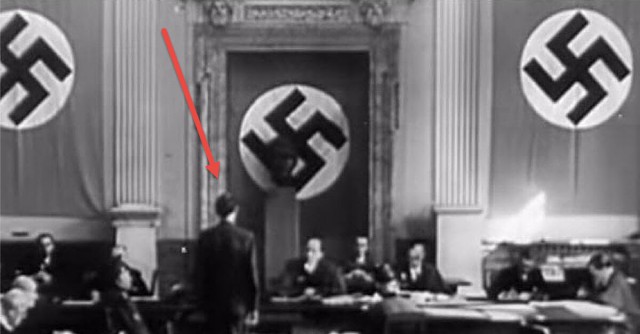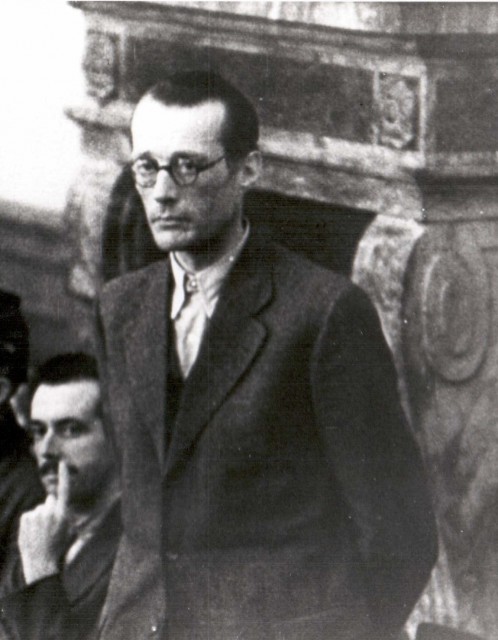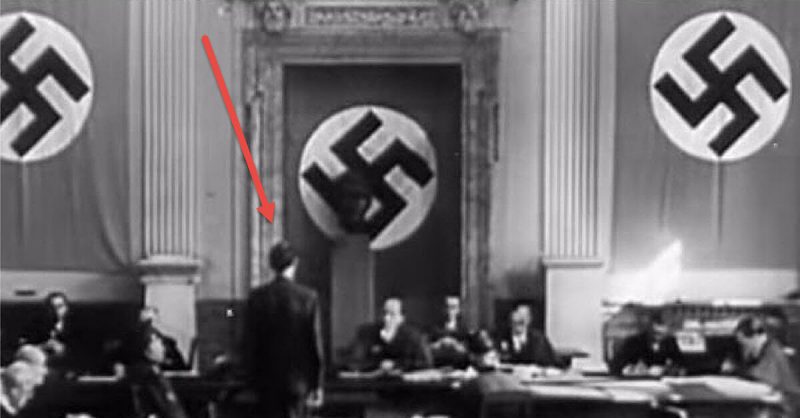
When one thinks of World War II, they often reflect on heroes who lost their lives during the conflict. But there were also heroes who, instead of making the supreme sacrifice, were able to survive the destruction. One of those was Ulrich Wilhelm Graf Schwerin von Schwanenfeld. When he was questioned about his convictions, he stood up for what he believed.
Already by 1935, he held the view that Adolf Hitler must be killed to be brought down. Beginning in 1938 ahead of the German occupation of Czechoslovakia, Schwerin belonged to the tightest circle of the resistance along with his personal friends Peter Graf Yorck von Wartenburg and Fritz-Dietlof Graf von der Schulenburg, and later also to the Kreisau Circle.
With the beginning of World War II, he was called up to the Wehrmacht as an officer in the staff of Generaloberst Erwin von Witzleben. After Witzleben’s dismissal in 1942, Schwerin was transferred to Utrecht until in March 1943, Major General Hans Oster appointed him to the Abwehr office at the Oberkommando der Wehrmacht in Berlin.

Schwerin participated in the failed attempt on Hitler’s life and coup d’état on 20 July 1944 from his position at the Bendlerblock, where the plotters’ headquarters were, although he had been saying for weeks that the chances for a successful coup were very slight. There, on the night of 21 July 1944, he was arrested.
He was subsequently arrested for his involvement in the assassination attempt and was held in prison and tortured for a month before going to a show trial.
There he was ordered to discuss details of the assassination attempt in full detail, all the while trying to hold up his pants – for further humiliation the judge had told the jail guards to take away Schwanenfeld’s belt while he faced his show trial presided over by Freisler.
Freisler was known for humiliating defendants and shouting at them. A number of the trials for defendants in the 20 July Plot before the People’s Court were filmed and recorded. In the 1944 trial against Ulrich Wilhelm Graf Schwerin von Schwanenfeld, Freisler shouted so loudly that the technicians who were filming the proceeding had major problems making the defendant’s words audible.
He told the judge he took part in the assassination in defiance of all of the murders for which the Nazis were responsible. The judge was so exasperated that Schwanenfeld would call the deaths of mere Jews murders that he had no words to say.
Schwanenfeld held true to his conviction – there was nothing “good” that came out of the war or from the destruction of the Jewish communities.
On 8 September, Schwerin was hanged at Plötzensee Prison in Berlin. He is buried at the Waldfriedhof Dahlem.
Fiesler didn’t survive the war either. On 3 February 1945, Freisler was conducting a Saturday session of the People’s Court, when American bombers attacked Berlin.
According to one report, Freisler hastily adjourned court and had ordered that day’s prisoners to be taken to a shelter, but paused to gather that day’s files. Freisler was killed when an almost direct hit on the building caused him to be struck down by a beam in his own courtroom. His body was reportedly found crushed beneath a fallen masonry column, clutching the files that he had tried to retrieve. Among those files was that of Fabian von Schlabrendorff, a 20 July Plot member who was on trial that day and was facing execution.
